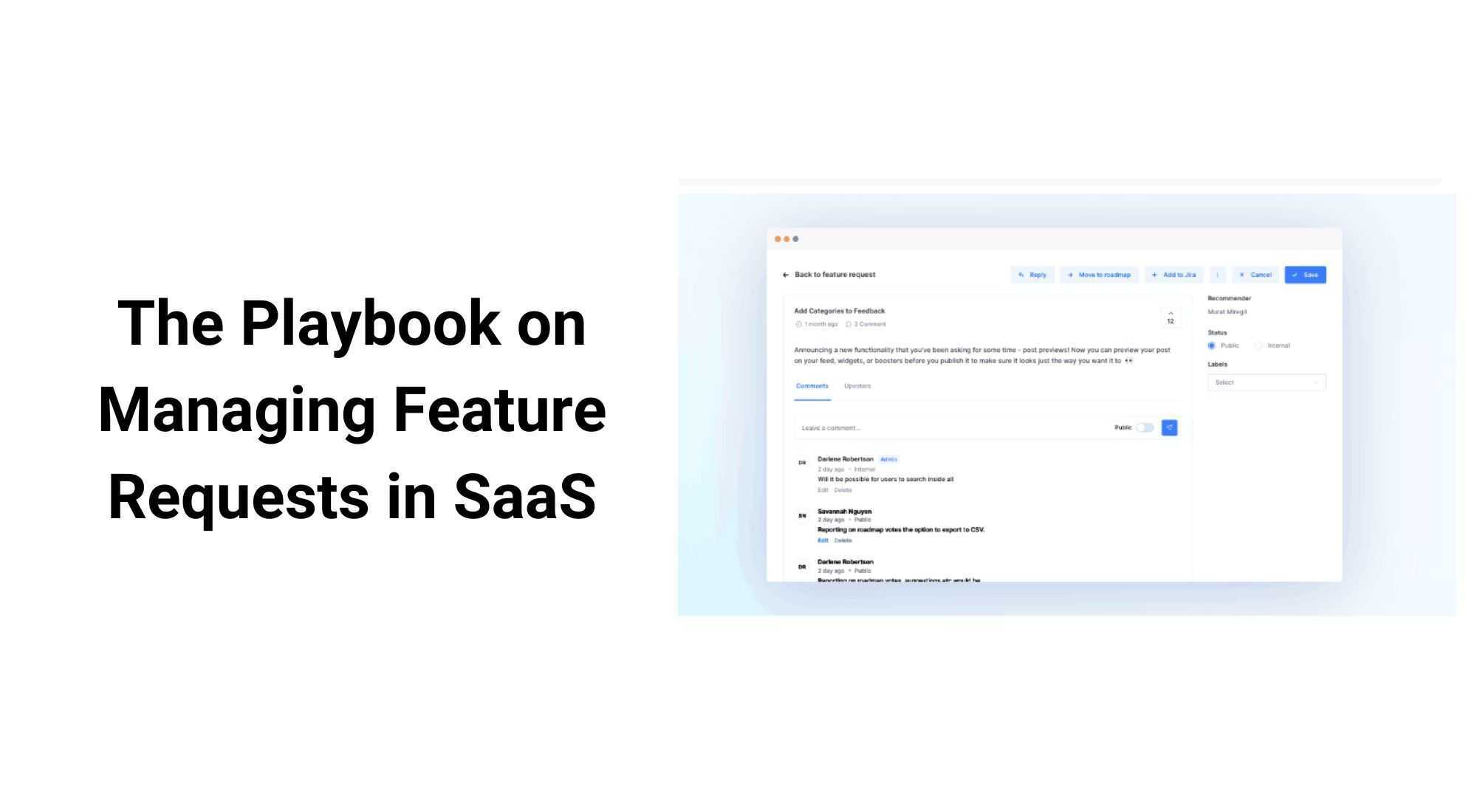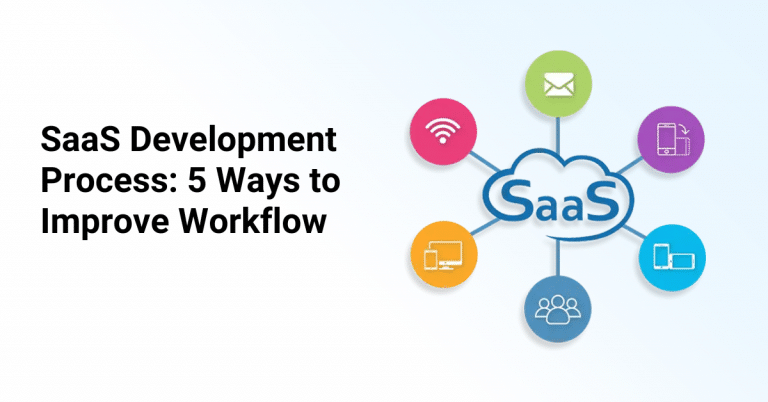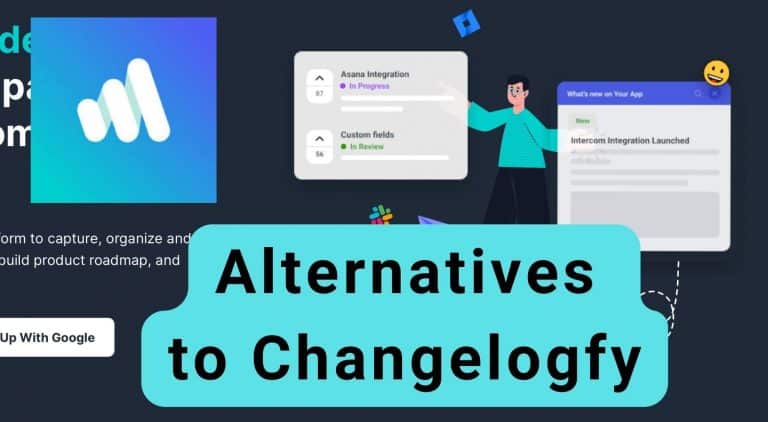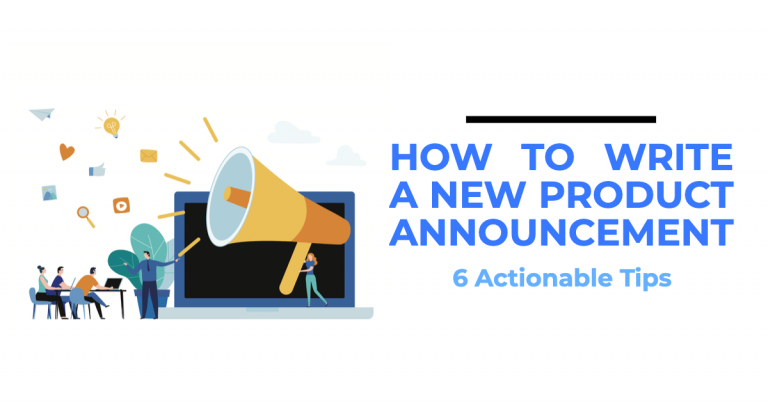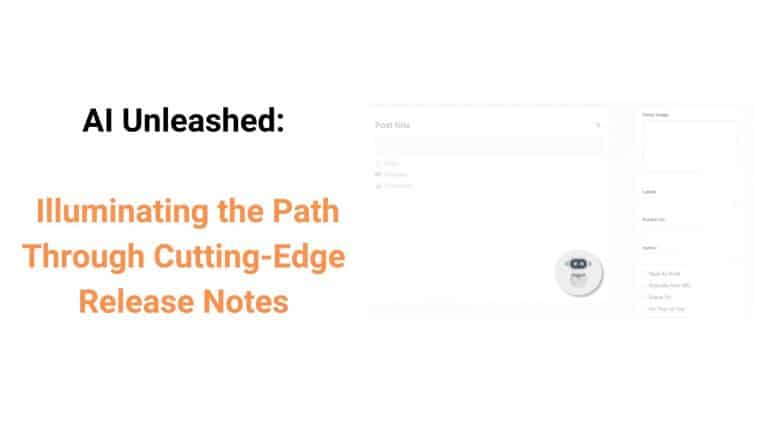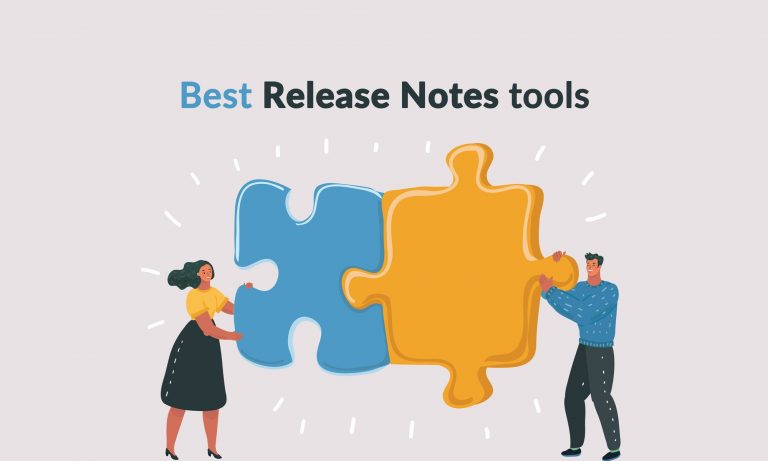Managing customer feature requests in SaaS can quickly become frustrating.
On one hand, you might not be receiving any customer feedback because your customers don’t have a simple way to offer it. On the other, you might be overwhelmed with feature requests among so many channels that they’re difficult to keep organized enough to work through.
Without an effective approach to managing feature requests in SaaS, your company could be losing out on:
- Building brand loyalty
- Gaining customer trust and appreciation
- Implementing new features that could change the trajectory of your product
- And more
Learn how AnnounceKit helps companies effectively communicate product information and receive product feedback from their customers, easily manage feature requests, prioritize implementing new feature changes, and more.
Table of Contents
- Why Are Feature Requests Important in the SaaS Industry?
- What Are the 4 Main Types of SaaS Feature Requests?
- 3 Main Ways To Collect Feature Requests in SaaS
- Best Practices To Use When Formulating Your SaaS Feature Request Playbook
- Make Managing SaaS Feature Requests a Painless Process With AnnounceKit
Why Are Feature Requests Important in the SaaS Industry?
Feature requests are opportunities within a company’s website or app that allow consumers to leave feedback on a service or product. They can be anything from a comment section to a message board to a rating opportunity, or nearly anything in between.
It’s sometimes easy to forget that there are humans on the other side of a digital platform, and enhancing that human connection is important for companies.
Did you know that companies lose 1.6 trillion customers to churn rates due to negative customer experiences every year?
Understanding what your consumers want is critical if you want to take strategic advantage of your market. For the SaaS industry, feature requests allow users to voice their ever-changing needs while also boosting their awareness of big and exciting changes taking place within a company.
When consumers feel heard, validated, and prioritized, the user-to-provider experience is strengthened because the consumer is enhancing their trust and loyalty to a company or product.
AnnounceKit helps companies communicate product updates and news to their customers, and vice versa. Through AnnounceKit’s feature request tracking, customers can communicate their issues, ideas, and more to increase features and build brand loyalty and trust.

Quick Setup, Easy to Use, and Many Integrations
Manage your product announcements from a single place and easily distribute them
across multiple channels.
What Are the Four Main Types of SaaS Feature Requests?
#1: Bug Fixes
The option to report bug fixes allows users to document and communicate their issues or defects in software applications, prompting product managers to fix and enhance the aspects of their product.
If a bug report goes unchecked, it can lead to negative user experiences and cause your company’s churn rate to spike.
For bug reports to be effective, users must report clear and detailed information about the bug, including:
- Steps to reproduce it
- Expected results
- Actual results
- Relevant screenshots and messages
If bug reporting is done efficiently, developers can quickly understand and reproduce the bug issue, leading to a faster resolution and better user experience.
For SaaS companies, efficient bug reporting plays an important role in ensuring the smooth functioning of a product or software. When done correctly, companies not only acquire valuable customer feedback, but they can easily promote continuous improvement and customer satisfaction.
#2: Improvement Suggestions
Allowing for improvement suggestions is a great way to get new customers, retain active customers, and recapture lost customers — they give users the opportunities to voice their opinions on various features and functions of your product.
SaaS companies can leverage product improvement suggestions to:
- Meet customer needs
- Outperform competitors
- Improve customer experiences
- Increase profits
- Create customer loyalty
To successfully improve features and give your customers what they want, you need to engage with them to understand their needs.
Improvement suggestions can be made through:
- Using microsurveys to collect feedback
- Analyzing app insights
- In-app announcements to promote feature updates
- A/B testing
- Tracking engagement and results
For example:
When Mozilla — the web’s most popular open-source browser — rebranded, they successfully used customer improvement suggestions. Many knew Mozilla as they fell under Firefox, but the company’s rebranding worked to release a new suite of apps to help expand into new markets.
Because Firefox’s well-known emblem can’t encompass all of the products in their roadmap, Mozilla created two new design systems and asked their consumers for feedback.
Customers thought the idea of being involved with choosing an entire design system was cool and were happy to give their insight into the growth of Firefox.
As for Mozilla, they allowed customers to feel a sense of ownership for the design system that won, enhancing brand loyalty and giving a sense of familiarity each time the design system appeared on their screen.
#3: New Feature Requests
New feature requests typically come from users who are looking for more than what you already offer. However, developing new features doesn’t happen at the snap of your fingers — they are expensive and time-consuming for product teams.
Sometimes, feature requests aren’t possible because of a lack of manpower, or they might be great ideas but not a great time to execute them. Product teams can’t say ‘yes’ to everything and knowing what to prioritize to help meet revenue goals and other company objectives is key.
SaaS company developers take new feature requests seriously, though, and considering the value they can bring to both the company and consumer because when a new feature request is honored, there’s bound to be an increase in customer satisfaction and retention.
#4: Integrations
Sometimes consumers might love the way a product works, but it’d benefit them more if it could easily be integrated with another tool, system, or platform that they regularly use.
Integration requests allow users to easily make these suggestions for product developers to consider.
For example, a customer might request that a customer relationship management (CRM) system be integrated with their email marketing platform for easier communication with their customers.
3 Main Ways To Collect Feature Requests in SaaS
#1: In-App Feedback
Feedback collected directly within an app eliminates the need for customers to take any extra steps, like clicking a link or finding customer service to start a conversation.
Most commonly, in-app feedback comes in the form of pop-up surveys. But they can also be requests to leave star reviews, like Netflix or Hulu prompts at the end of a show, or many other ways.
In-app feedback can be highly beneficial and can either complement or replace other forms of feedback:
- They’re context-sensitive, prompting users to review their experience immediately after interacting with a product or feature.
- They generate a higher response rate because they’re catching users while they’re already engaged, rather than waiting for them to get around to checking their email inbox.
- They can help monitor app performance.
- They typically run automatically with the help of survey software.
- They are useful when planning your product roadmaps.
#2: Public Product Roadmap
Product roadmaps are action plans that help guide the targets for company goals by setting milestones to reach and track progress. By making a product roadmap public, consumers can also see:
- Strategic priorities
- Key milestones
- Expected results
- Tactics
Customers are often considered stakeholders for many SaaS companies, so allowing them to see milestones, track progress, and stay in the loop about what lies ahead allows them to provide input, make suggestions, voice concerns, or simply share in excitement.
#3: Customer-Facing Teams
SaaS companies can implement widgets or similar features on their website or within their app that allow customers to automatically be connected to a real-life team member.
These customer-facing teams have the most extensive interactions with users during times of critical issues, onboarding, training, and more, so they already have an established relationship for consumers to feel comfortable with.
During these interactions, users can ask questions about a product or service, report bugs, voice concerns and complaints, or make suggestions.
Best Practices To Use When Formulating Your SaaS Feature Request Playbook
SaaS has emerged as a dynamic force in the software industry that has practically transformed the playing field, and it is not done growing!
Current research from Statista has revealed that the SaaS market is experiencing an extraordinary annual growth rate of 9.80%. The market volume is also expected to increase from $207.20 billion in 2022 to $330.60 billion by 2027.
So how can SaaS providers break away from the pack to monopolize the trend? By keeping close eyes and ears on their consumers with these best feature request SaaS tips and practices.
House Everything in One Place
As a SaaS company, you might be taking advantage of many means of feedback management. When feedback is scattered all over the place, it is difficult to find, manage, and work through, creating big problems for the product teams who are trying their best to meet the needs of customers while creating the best product or feature possible.
Whether customers are submitting feedback through email, in-app surveys, social media, or other means, you should house all feature requests and feedback in one place for easy management.
To effectively do this, utilize an idea portal or a product management tool to organize feature requests that come in from all different channels.
Optimize Your System for Managing Saas Feature Requests
If consumers enjoy your brand and want to see your products and features get better (even if only for their benefit), they need a place to tell you.
Let’s face it — no one wants to take the time to hunt down customer service information and type out an email with all of their complaints and suggestions.
Instead, if you offer consumers an easy way to provide feedback, they’ll be more likely to do it.
AnnounceKit is a simple system for optimizing and managing feature requests through an intuitive interface. It’s easy for consumers to use and for product development teams to reference.

Quick Setup, Easy to Use, and Many Integrations
Manage your product announcements from a single place and easily distribute them
across multiple channels.
Maintain and Enhance User Engagement and Activity
You’ve collected dozens or hundreds of feature requests from users — now what? As you work to build them into your product, you want your users to see that you’re taking the steps toward developing and launching the things that they’ve asked for.
Keeping customers involved and engaged is simple. You can try:
- Emailing updates
- Publishing mockups and design ideas
- Asking for customer feedback on stages of the product development
- Using an open platform to keep users informed on the product’s progress
Not only does this help build brand loyalty, but lets users feel like they’ve had a small part in the final product once it’s ready for delivery.
Classify and Prioritize Requests
Two product or new feature requests will rarely be exactly the same, but you’ll likely be able to find common ground among them. There’s a chance that many feature requests will be pointing you in the same direction.
Classifying what each request is asking for and organizing each request into groups helps you see the bigger picture of what customers are really asking for.
From here, you can prioritize what features should get your attention first that will give your customers and your company the best outcome.
AnnouneKit offers a tool to help companies do just this.
Keep the Conversation Going With Your Teammates and Relevant Stakeholders
Almost every SaaS company has stakeholders, including customers. Keeping them involved in your product development process is important when determining the right course of action.
As a team, everyone can bring different ideas to help build new product features. To get input, you can ask questions like:
- Why haven’t we already built this feature? Is it because of obstacles we’ve run into or we simply haven’t thought of it ourselves?
- Do we have the resources to build out this feature?
- How relevant is creating this feature to our users?
- Is this a priority right now? Are there other product requests that might benefit users better?
Make Managing SaaS Feature Requests a Painless Process With AnnounceKit
Your SaaS company receives dozens of feature requests a week through various channels, but trying to organize and prioritize them is overwhelming. Instead of taking the time to dive in, you just push them aside and continue working on what you think are the best changes to your product.
With sporadic and random feature request campaigns that feel unorganized and a lot of spreadsheets to sort through, managing the process seems difficult.
AnnounceKit offers an easy-to-use software that makes feature request management simple and manageable.
With AnnounceKit, your SaaS company can:
- Focus on feature request campaigns from a product enhancement standpoint
- Leverage many built-in tools
- Collect data feedback all in one place
- Run easy-to-manage and ongoing feature request campaigns to help improve products
Don’t wait any longer to properly tackle feature requests and help better your products — check out AnnounceKit today.

Quick Setup, Easy to Use, and Many Integrations
Manage your product announcements from a single place and easily distribute them
across multiple channels.

